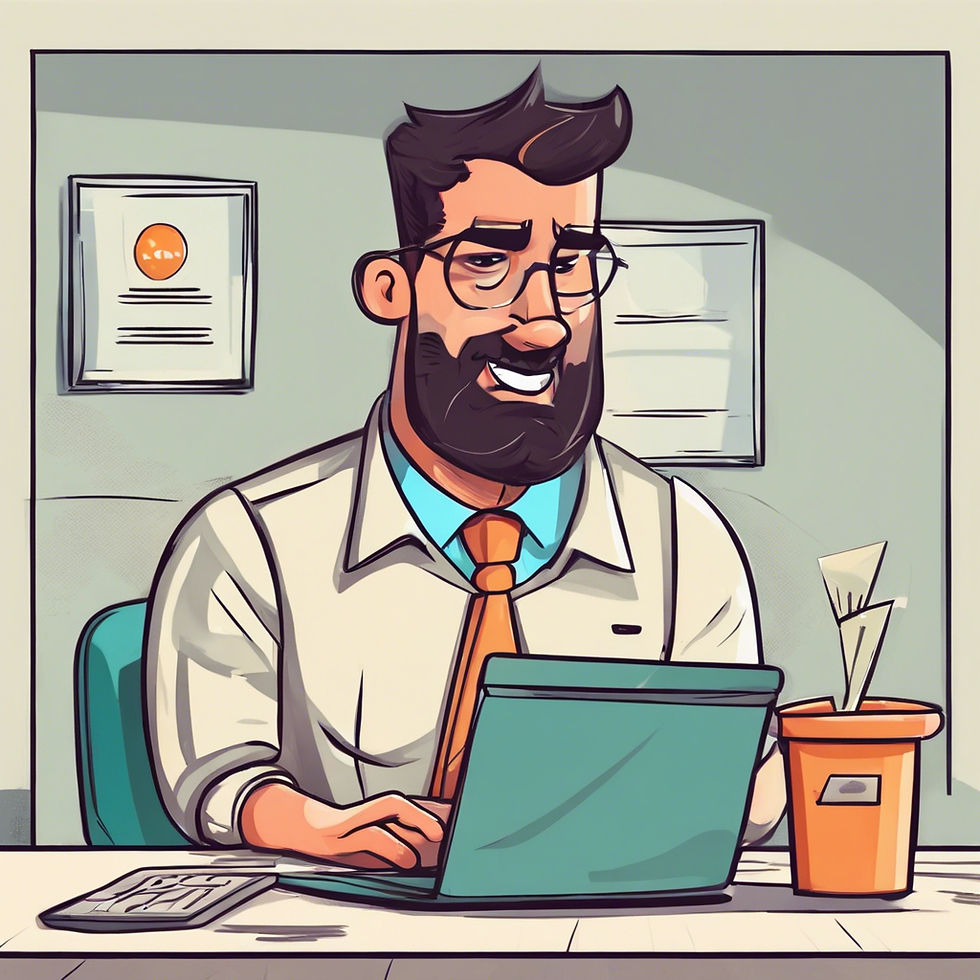
Here’s a blog post based on the video transcript, keeping your direct and no-nonsense tone intact:
What to Do When a Client Doesn’t Pay – My No BS Approach
As an entrepreneur, there’s nothing more frustrating than a client not paying up. It’s a situation that can throw you off balance, no matter how experienced you are. I’ve been there recently, and let me tell you—it’s a roller coaster. But here’s the key: don’t panic.
In this post, I’ll break down exactly what to do when a client misses a payment, and how you can handle the situation like a pro.
Step 1: Don’t Make Assumptions
The first thing you need to do is take a step back. It’s easy to assume that the client isn’t paying because they’re unhappy with your service or, worse, that they don’t value your work. But here’s the truth: there could be a hundred different reasons why they haven’t paid. Maybe it’s a bank issue, maybe they just forgot, or maybe something else entirely is going on.
The key is not to jump to conclusions. Instead, send a polite message, something like, “Hey, just a reminder that we haven’t received your latest payment. Could you let me know once it’s been made?” Simple, direct, and to the point.
Step 2: Keep the Conversation Focused
If the client says they want to talk before making the payment, like what happened to me, don’t let the conversation drift. The mistake I made was letting the client talk about everything except the payment. We had a casual chat, but nothing about the actual issue—so the payment didn’t come through.
Lesson learned: If a client hasn’t paid, your priority is addressing that. Ask them directly, “What’s preventing the payment from going through?” Then, shut up and let them talk. Trust me, in these situations, silence is your friend. Let them explain, and guide them to a clear answer.
Step 3: Take Responsibility
Here’s a tough pill to swallow: if a client doesn’t pay, it’s your fault. I don’t care what the situation is, you have to own it. Maybe you didn’t communicate clearly, maybe you didn’t manage their expectations, or maybe you didn’t vet them properly before taking them on. Whatever the reason, take responsibility.
If you don’t have enough clients to offset the loss of one, that’s on you too. If you’re running a business, you’ve got to earn every single client. If a client doesn’t pay, it’s a sign that something’s off, and you need to fix it.
Step 4: Don’t Let the Fear of Losing a Client Stop You
When you’re dealing with a client who isn’t paying, it’s easy to let fear take over. What if you lose this client? What if they don’t renew their contract?
Here’s the mindset I want you to adopt: I don’t care.
If you’re so worried about losing one client that it keeps you up at night, your business isn’t in the right place. You need to be so committed to building your business that losing one client doesn’t matter. There are plenty more out there. If you lose this one, so what? Go get another. You need to be driven enough to make things happen, no matter what.
Step 5: Get Paid Upfront
This is where a lot of entrepreneurs go wrong—they start working for a client without securing the payment upfront. Huge mistake.
Here’s my advice: always get payment in advance. Whether it’s a big contract or a small project, secure the payment before you start the work. This way, you’ve locked it in, and you can focus on delivering without worrying about whether or not you’ll get paid.
If you’re running a coaching or service-based business, you can still provide value immediately without diving into the actual work. For example, offer a kickoff call once they’ve made their payment. This way, they feel the momentum, but you haven’t committed to the heavy lifting until the money is in your account.
Final Thoughts: Own Your Process
At the end of the day, if a client isn’t paying you, the responsibility lies with you. You need to set clear expectations, secure payment in advance, and take ownership of the process. If you lose a client, don’t let it knock you down. Learn from it, adapt, and keep moving forward.
Remember, the biggest thing holding entrepreneurs back is a lack of drive and belief in their ability to make things work. If you stay committed, no matter what happens, you’ll find a way to succeed


Comments